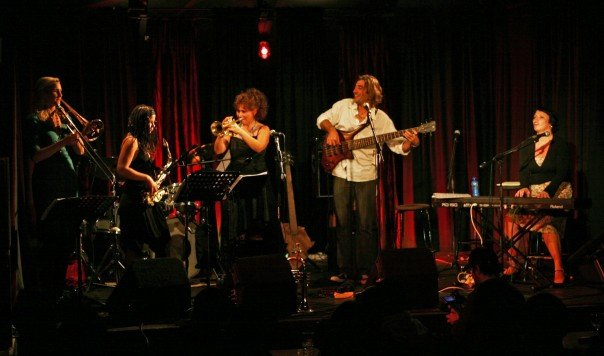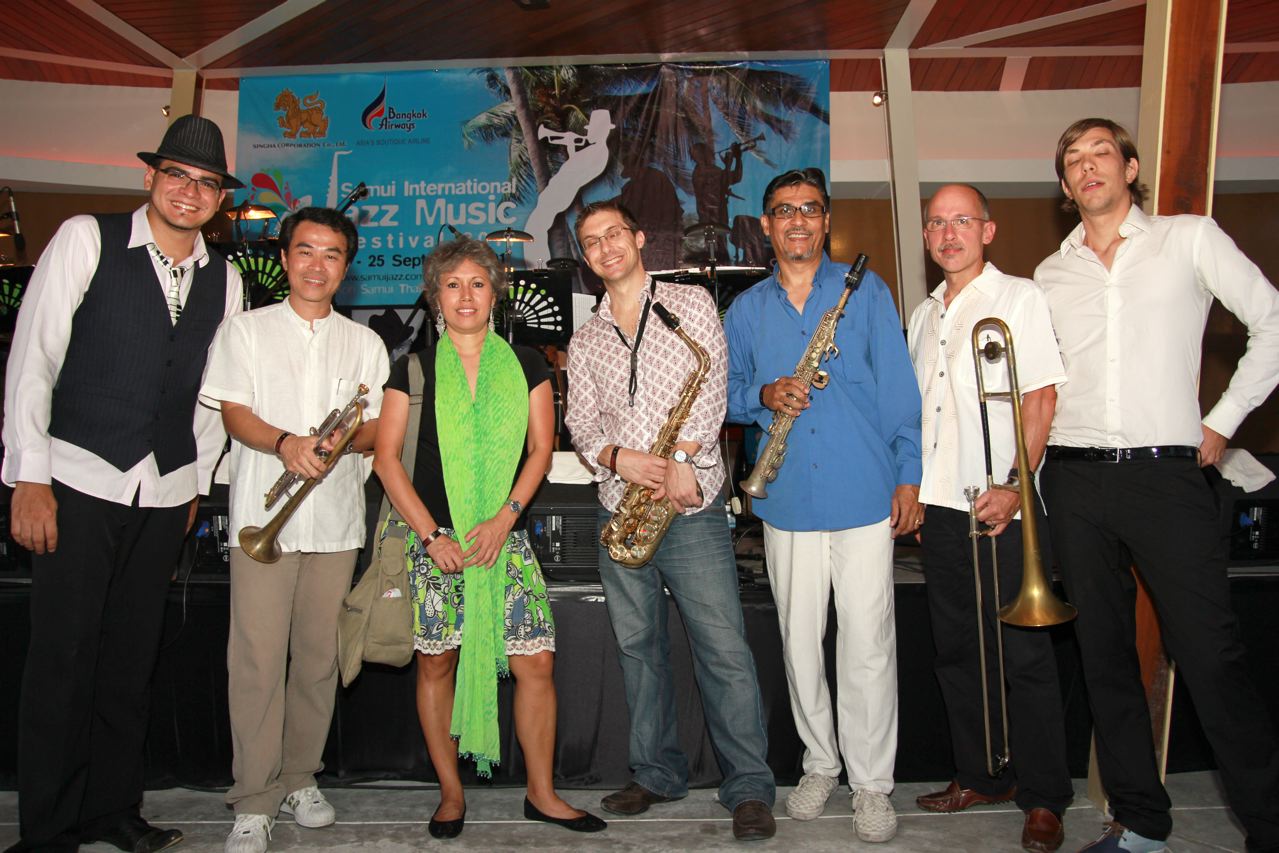In Sarawak, a visit to an authentic longhouse is considered a must.
In
the Central Region of Sarawak, an Iban longhouse is one of the main
attractions for tourists. Several other ethnic groups traditionally live
in longhouses, so expect a variety of ways in which you are welcomed.
Traditionally the Iban do not shake hands to welcome visitors. Today,
though, this is highly acceptable.
 |
| Tuai Rumah |
Longhouse headmen are respectfully addressed as
“Tuai Rumah”. Hence, when addressing him during conversations, he should customarily be addressed as “Aya (uncle) Tuai Rumah”.
Each
longhouse is led by a Tuai Rumah. He is usually appointed by his own
group of people; the criteria for selection include leadership qualities
and success in life.
In the olden days, more was required. He
needed to present proof of his bravery - a human skull or two would
suffice as credentials. This was when head-hunting was rife. Succession
was fairly straight-forward. Usually the eldest son takes on the mantle
of headman if he possesses the same leadership qualities, and has the
trust of his community. If this isn't possible, the post goes to a younger sibling, or next-of-kin such as an uncle or cousin.
Thus
the Tuai Rumah is not a dictator, as we understand in accordance to the
definition what it is today. His decision in all matters affecting his
anembiaks (those under his leadership) is usually final but only after
they are consulted. A good Tuai Rumah is exemplary in all his
activities, a sterling example for his anembiaks. Therefore, close
rapport and dialogues, known as randau ruai (which means general
conversation conducted in the longhouse verandah) is a daily affair,
particularly in the evening. Normally, each longhouse is named after
the Tuai Rumah.
 NgajatCultural Dance (Ngajat) -
NgajatCultural Dance (Ngajat) - The
Iban
community is known for several forms of cultural dances. In longhouse
functions, the most popular dances are the Ngajat Ngelalu Pengabang
(Welcoming Dance) and Ngajat Bujang Berani (Warrior Dance). Both men and
women dancers are decked in full traditional costumes.
Sometimes,
visitors are invited to join in. Be sporting enough to try. Poor
footwork? You won't be penalised. Don’t miss this wonderful experience.
 Tuak (Rice Wine)“Tuak” (Rice wine) -
Tuak (Rice Wine)“Tuak” (Rice wine) - Tuak
is brewed from glutinous rice (pulut) and yeast (ragi). First, the
yeast is dried, while the glutinous rice is soaked for up to ten hours.
In olden days, this glutinous rice will be cooked in bamboo. In the
heating process the bamboo cylinders will be repeatedly turned over
until the rice is fully cooked. The cylinders are then turned upside
down to drain the water to ensure that the rice will not become stale
even over a long period of time. After a few hours, the rice is taken
out and spread out evenly on a mat.
Fermentation begins by
mixing the rice thoroughly with yeast. Then, the rice is placed into a
glazed earthenware jar. Make sure the jar has never been used for
storing sour or salty food.
Before being used, the jar has to be
washed thoroughly and left to dry. The first brew (ai suling) should be
ready after a fortnight. It is extracted and bottled. For a more
potent brew, many Ibans keep them on racks above the fireplace in the
kitchen.
Miring ceremony For the Ibans, the
“Miring” (offering)
ceremony is meant to make wishes known to departed ancestors. It is to
seek their protection and for the smooth organising of events. Usually,
this ceremony is led by elders or VIPs.
Meal Times
The
Iban normally have their meals in the main room; seated in a circle.
Rice and accompanying dishes are served on plates or bowls. It's
self-service - pile on whatever you want onto your plate. Just make sure
there are no leftovers. So it's best to have a little to start with. Go
for seconds later. Sometimes the host provide extra helpings later on
if he senses your hesitance during the meal time. You will be excused
for not finishing this extra helping.
Small talk is encouraged
during meals. No vulgarities please. Your host is especially delighted
to see you have a good appetite.
“Ngelangan”
 Ngelangan
NgelanganThe
Iban community practises several different ways of welcoming important
guests. One is Ngelangan. It involves a ceremony before the guest enters
a sort of tunnel festooned with pua kumbu (traditional woven fabric).
Accompanied by the headman, the guest walks the length of the longhouse
before taking his seat in the verandah.
“Ranyai”
 Ranyai
RanyaiDuring
Gawai Dayak (Harvest Festival) or any other festival held in the
longhouse, you will witness an intriguing dance around bountiful trees
known as the “ranyai”. The ranyai tree is usually made of nipah and is
stationed in the middle of the verandah. Food and drinks are hung on it.
Visitors
are invited to dance around the tree, select a food item, retrieve it,
before taking a seat. It all climaxes with the felling of the tree,
symbolising a bountiful harvest.
 PUA KUMBU
PUA KUMBU The “pua kumbu” is a popular native handicraft of the Ibans. It literally means a blanket or a coverlet.
Weaving Pua KumbuThis
colourful cloth, woven with intricate combinations of various designs
and colours, however, serves more significant meanings other than that
of providing covering.
In the olden days, the “pua kumbu”
was very much an integral part of the day-to-day affairs and special
rituals of the Iban society. One or more pieces of “pua kumbu” are
being hung prominently in the midst of joyous gatherings such as harvest
festivals or weddings. For solemn events, such as farming rituals or
healing ceremonies, the “pua” is used to veil structures containing
charms and offerings to the gods. When head-hunting was still a
much-valued tradition of the Ibans, the “pua kumbu” are used by the
ladies to receive the “prize” brought home by their warriors.
Modern
Iban society now have more contemporary uses for the “pua kumbu”.
Cushion covers, handbags and wall hangings are some of the novel uses of
this particular craft.
SOME IBAN PHRASES
- Aku I
- Kami or kita We
- Nuan You
- Selamat pagi Good Morning
- Selamat tengahari Good Afternoon
- Selamat malam Good Night
- Selamat tinggal Good bye
- Ari ni penatai nuan? Where are you from?
- Siapa nama nuan? What is your name?
- Berapa pintu kita serumah ditu?
- How many doors (meaning families) do you have in the house?
- Sapa Tuai Rumah kita ditu?
- Who is the Headman of your longhouse?
- Tau aku ngambi gambar nuan?May I have your photograph taken, please?
- Berapa umur nuan? How old are you?
- Ulih aku nanya nuan? Can I ask you something?
SOME DO’s AND DONT’s
- Wear flat shoes and wear suitable clothing
- Take off your footwear before sitting on the mat in the longhouse.
- Ask for water for washing if you need it.
- Do
not stretch your legs when sitting on a mat. If you have to do so for
one reason or another, ask for the host's permission. This also applies
during meal times.
- Do not spit, or blow your nose, or utter vulgarities during meal times.
- Do not feel shy but be at home with your host, particularly at meal times.
- To keep your host happy, get into animated conversations, and ask lots of questions.
- Do not hesitate to ask for any information - e.g. the Iban way of life, customs or traditions.
- Do
not hesitate to try speaking in Iban. This will give your host an
impression that you feel at home. The more you feel at home, the more
you can learn about them.
Author:
Visitor Infor Centre Sibu  I didn’t like this
fruit before; it truly is an acquired taste much like avocado too. But now, I
love it! Rich and creamy and especially tasty with a pinch of salt or soya
sauce, I think it’s a lot nicer than avocado!
I didn’t like this
fruit before; it truly is an acquired taste much like avocado too. But now, I
love it! Rich and creamy and especially tasty with a pinch of salt or soya
sauce, I think it’s a lot nicer than avocado!














